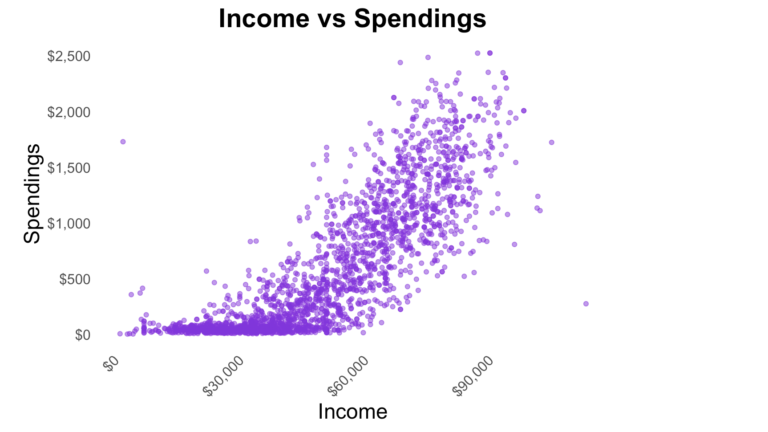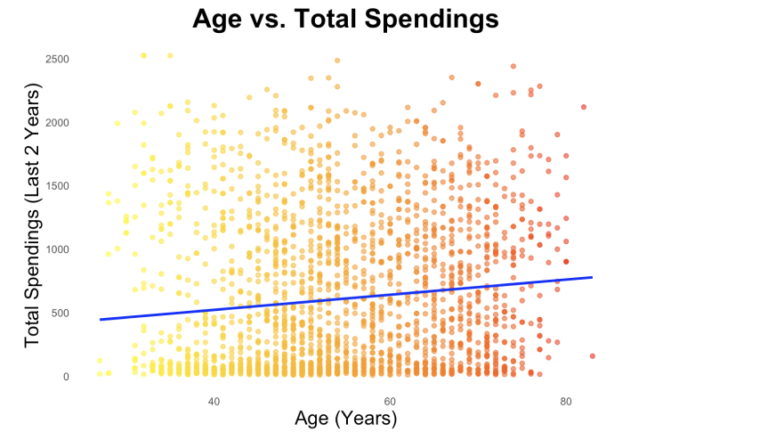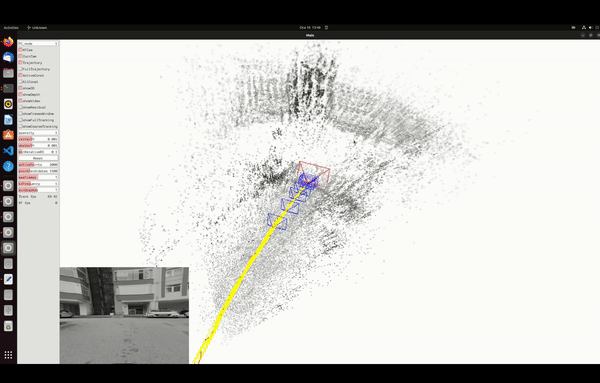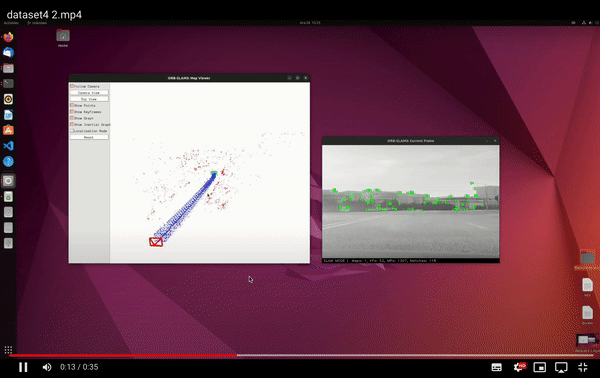Projects & Researches
CloudDiagnostix
In this cutting-edge project, I utilized Teltonika tools to access real-time data from electric vehicles, channeling this information through a sophisticated TCP server. The data is then transmitted securely using the MQTT protocol and Mosquitto, with DBC files employed to ensure accurate decoding. Once processed, the data is stored in a PostgreSQL database, which powers interactive Grafana dashboards. These dashboards allow users to view both live and historical driving data, customizable through user-defined intervals.
A standout feature of this system is the advanced notification mechanism integrated within a cross-platform Flutter application. When vehicle data exceeds predefined critical thresholds, such as temperature or speed, users receive prompt alerts. This ensures immediate awareness and swift action to mitigate potential risks, enhancing both safety and operational efficiency.
This solution is highly customizable, adapting to different CAN bus setups to meet specific user needs. It allows for the flexible collection and visualization of data, enhancing the driving experience by providing thorough diagnostics and meaningful insights. This project not only simplifies the process of vehicle data monitoring but elevates it, transforming it into a proactive tool for optimal vehicle management and safety.
Tech Stack: Python, FastApi, Teltonika, Mosquitto, PostgreSQL, Flutter, Firebase Cloud Messaging, Grafana, Docker, AWS
Customer Essence: Decoding Purchase Behaviors through Personality Analysis
This project aims to explore the Customer Personality Analysis dataset to reveal the relationship between customer features and their purchase behavior. The analysis investigates various aspects of customer demographics and behavior to understand how these factors influence spending patterns.
The primary goal of this analysis is to:
Conduct Univariate Analysis on customer demographics such as age, marital status, education, etc. Analyze Multivariate relationships, focusing on how different factors like income, age, marital status, etc., relate to spending behaviors. Understand the impact of having children, education level, and campaign interactions on customer spending.
You can check the analysis at: https://dorukarslan.github.io/Decoding-Purchase-Behaviors-through-Personality-Analysis/
For more information: https://github.com/dorukarslan/Decoding-Purchase-Behaviors-through-Personality-Analysis
Performance Comparison of Slam Algorithms
Simultaneous localization and mapping (SLAM) algorithms have revolutionized various fields, most notably robotics, thanks to rapid advancements in computer science. While these algorithms hold immense potential, their performance largely depends on the nature of the environment and the data source. This research primarily focuses on comparing the performance of various SLAM algorithms in different environments. To achieve this, we’ve created multiple datasets by integrating test videos shot in varied environmental conditions with sensor data. Following this, we executed the SLAM algorithms against these datasets and compared their results. The key factors considered during the comparison are:
• Execution Speed
• Accuracy of the algorithms
All the results were visualized for a clear understanding of the algorithm behaviors based on tested conditions.
Two primary approaches to SLAM algorithms are LIDAR and VSLAM. Both approaches have their pros and cons, and their effectiveness depends on environmental conditions. It’s important to remember that the performance of SLAM algorithms is closely tied to the environment where they operate. Factors like weather conditions, light intensity, different objects, and the quality of data source play crucial roles in determining the accuracy of the results. The algorithms used in this study are: • ORB-SLAM • Direct Sparse Odometry with Loop Closure(LDSO)
For more detailed information, you can check the repository at: https://github.com/dorukarslan/Performance-Comparison-of-Slam-Algorithms





